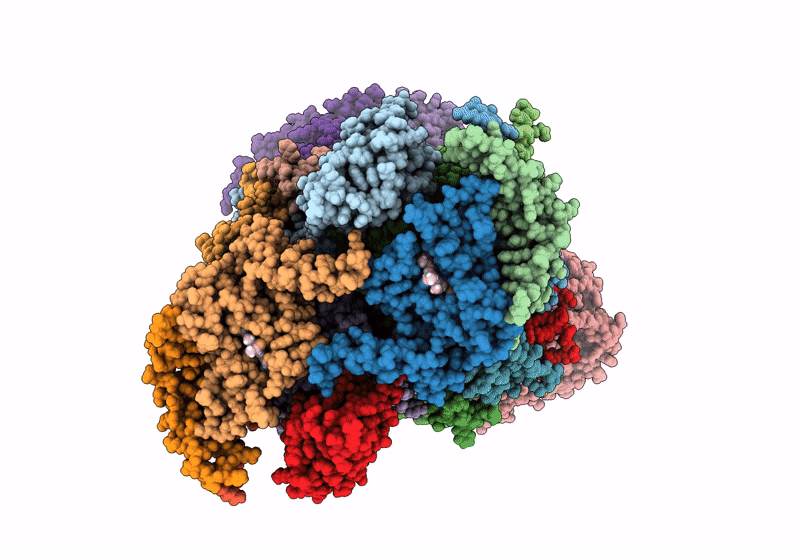
Deposition Date
2024-10-29
Release Date
2025-07-02
Last Version Date
2025-08-27
Entry Detail
PDB ID:
9H8T
Keywords:
Title:
Cryo-EM structure of the atovaquone-inhibited Complex III from the Chlorocebus sabaeus respirasome
Biological Source:
Source Organism:
Chlorocebus sabaeus (Taxon ID: 60711)
Host Organism:
Method Details:
Experimental Method:
Resolution:
2.67 Å
Aggregation State:
PARTICLE
Reconstruction Method:
SINGLE PARTICLE


